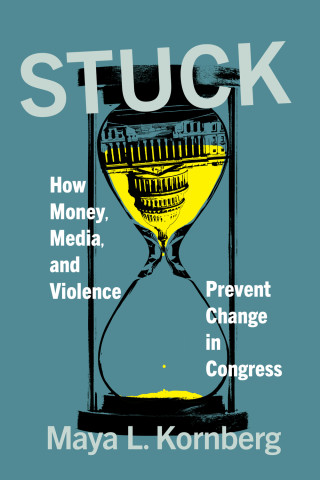
Reviews
It is reassuring to know that those who seek reliable information about the Atlantic Alliance will still be able to find it: Seth A. Johnston's "How NATO Adapts" [is] rock solid
Johnston (US Army) provides an important and useful contribution...his findings continue to illuminate and compellingly demonstrate how political decisions are made...Highly recommended.
One of the "5 Books President Trump Should Read this Summer"
Johnston explains the approach thoroughly and his methodology is exceptional...He can clearly outline the adaptations NATO has experienced since its inception, and presents it in a thoroughly facinating manner... I found the read very engaging.
This book is paramount for understanding how NATO can respond to future crises...For any military staff officer, Johnston's examples are a source of inspiration...For anyone preparing to work with NATO, this book should be mandatory reading
Contrasting NATO with other post-war institutions, johnston highlights the many ways in which the Alliance has evolved since its founding in 1949. In particular, he explores the role of the Alliance's bureaucratic actors in facilitating its many transformations at 'critical junctures' through the years, contending that NATO once again finds itself at such a juncture.
In his insightful new book, "How NATO Adapts", Seth Johnston suggests that NATO is unique among peer international organizations in its ability to adapt
a rich, interesting primer...makes an uplifting case for the power of people to shape institutions and - by extension - the political landscape itself
Seth Johnston has written a timely and important study...NATO has weathered rough seas before, in each case surviving by adapting. In the present climate of geopolitical uncertainty, versatility in one of the main pillars of the post-war order is worth celebrating.
Seth Johnston’s How NATO Adapts untangles the puzzle of one of the most long-standing, well-institutionalized military alliances in the contemporary era. Supporting an institutionalist approach with extensive historical analysis and process tracing, Johnston provides compelling evidence to demonstrate the alliance’s ability to adapt, exercise power and autonomy, and define and execute its objectives independent of the member-states comprising it.
The book of Seth A. Johnston is both a powerful reminder of the Alliance's complex but successful history and, at the same time, a testimony to its unique institutional resilience and adaptability.
Nothing is more important to NATO than the ability to adapt and adjust its approach— tactically, operationally, and strategically—as circumstances change. How NATO Adapts is an honest and unbiased examination of the successes and challenges of this turbulent twenty-first century for the world's premier security Alliance.
How NATO Adapts offers a theoretically innovative and empirically rich account of why this post–World War II military alliance continues to play an important role in today’s multipolar world. This well-researched book constitutes an excellent addition to the growing scholarly literature that applies historical-institutional theories to the study of international relations.
A unique analysis of NATO's evolutionary development, How NATO Adapts effectively employs a useful new prism for examining the alliance. Well-organized and well-written, this book should be of great interest to anyone with an academic or professional interest in NATO's history and institutional dynamics.
A meticulously researched and in-depth historical study of the NATO Alliance and its responses to inflection points throughout its history. Johnston knows NATO, and he knows how to write. How NATO Adapts is illuminating and educational.
Book Details
Table of Contents
Synopsis
Chapter 1: Introduction
Part I: Thinking about Adaptation and NATO
Chapter 2: Historical Institutionalism and the Framework of "Critical Junctures"
Chapter 3: Institutional
Table of Contents
Synopsis
Chapter 1: Introduction
Part I: Thinking about Adaptation and NATO
Chapter 2: Historical Institutionalism and the Framework of "Critical Junctures"
Chapter 3: Institutional Actors and the Mechanisms of NATO Adaptation
Part II: Case Studies of NATO Adaptation
Chapter 4: The West German Question in the Early Cold War, 1950-1955
Chapter 5: Flexible Response and the Future Tasks of the Alliance, 1962-1967
Chapter 6: NATO and the New World Order, 1992-1997
Part III: NATO Endurance and Implications for the Future
Chapter 7: NATO Adaptation into the 21st Century, 1999-2012
Chapter 8: How NATO Adapts
Bibliography
Index





